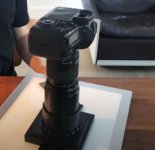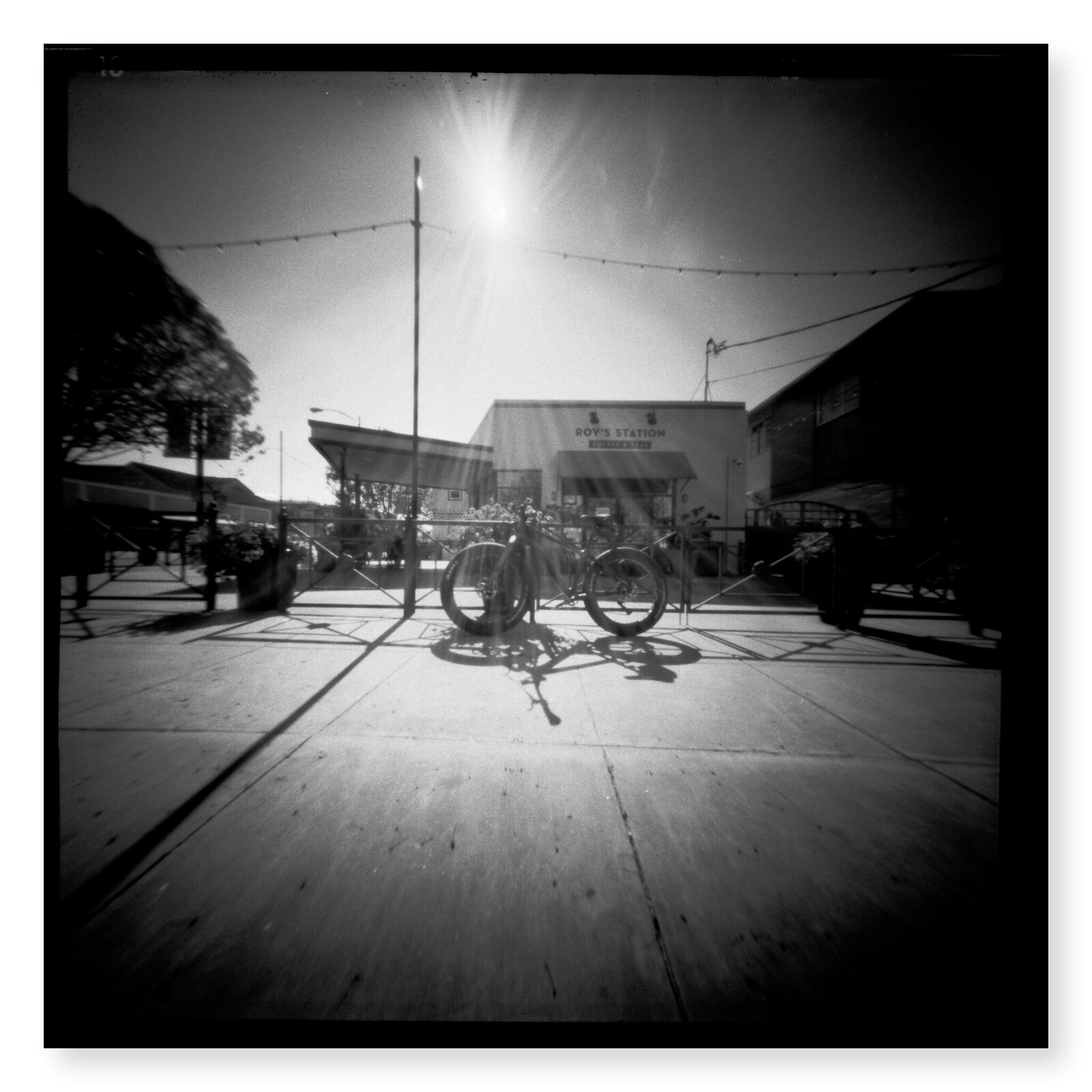Yes, NLP can definitely be useful, if you are working in Lightroom Classic. If you do your work in Photoshop or another program, invert with a big sweeping curve and adjust from there.
Setup... Lots of options. Easiest way to get going:
- Backlight: iPhone or iPad, bright white screen. Or a light panel.
- Some separation, to insure the screen texture is well out of focus
- Negative holder, make something or use one from an enlarger
- Camera support: Tripod, pointed down. Copy stand. Or try it out hand-held.
- Exposure: ETTR a little, but not too far.
Works well.














